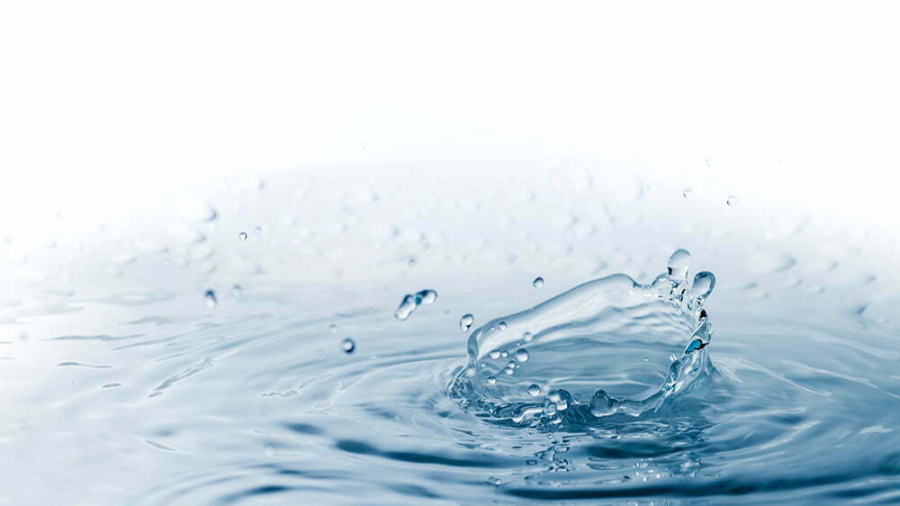According to UNICEF,
- Worldwide, 2.2 billion people still lack access to safe drinking water?
- More than half of the global population does not have access to safe sanitation?
- Three billion people do not have access to handwashing facilities with soap?
- Still, 673 million people practise open defecation?
Access to safe drinking water, sanitation and adequate hygiene (WASH) services is essential to our health, welfare and development. Many preventable water-related diseases have claimed the lives of many around the world, and it is more prevalent in poorer nations. Believe it or not:
- Everyone needs clean water to drink.
- Everyone needs a safe place to do pee and poop.
- Everyone deserves to be clean, whether it’s a luxurious bubble bath or a quick shower.
Yet, the benefits of WASH are often taken for granted and aren’t always appreciated. And for the hundreds of millions of others, water, sanitation and hygiene are hard to come by.

What is WASH?
WASH is an acronym that stands for “water, sanitation and hygiene”. Universal, affordable and sustainable access to WASH is a key public health issue within international development and remains the focus of the first two targets of Sustainable Development Goal 6 (SDG6). Addressing these deficiencies together can achieve a strong positive impact on public health.
The WASH project began when the United Nations’ International Year of Sanitation in 2008 helped to raise attention for sanitation funding in WASH programs of many donors. Since 1990, the Joint Monitoring Programme (JMP) for Water Supply, Sanitation and Hygiene by WHO and UNICEF has regularly produced estimates of global WASH progress.
The JMP was responsible for monitoring the UN’s Millennium Development Goal (MDG) Target 7.C, which aimed to “halve the proportion of the population without sustainable access to safe drinking water and basic sanitation by 2015”. This was replaced by the 2030 Sustainable Development Goals (SDG), where Goal 6 aims to “ensure availability and sustainable management of water and sanitation for all”.
Why is WASH so important?
The benefits of having access to a clean and safe drinking water source can only be fully realised when there is also access to improved sanitation and adherence to good hygiene practices. Access to water, sanitation and hygiene has profound wider socio-economic impact, particularly for women and girls.

Water
A lack of access to safe drinking water forces people to rely on sources like surface water from unprotected wells exposed to pollution and contamination or water vendors with unverifiable provenance and quality. For many communities, these water sources are far from their homes. The endless task of walking the distance to and back to fetch the water typically falls to women and girls, and it’s one that often exposes them to attacks from men and wild animals.

Sanitation
A lack of sanitation to safely separate human waste from human contact often forces people to use inadequate communal latrines or practise open defecation. For women and girls, using the toilet outside under cover of darkness can leave them vulnerable to abuse and sexual assault.
Exposed faecal matter will find a way back into people’s food and water resources, resulting in the spread of serious diseases like cholera. An effective waste disposal or sewerage systems can alleviate these problems and prevent the contamination of ecosystems and the contribution to disease pandemics.

Hygiene
In some parts of the world, there is little to no awareness of good hygiene practices and their role in reducing the spread of disease. Even when people have the knowledge of good hygiene behaviour, they lack the soap, safe water and washing facilities needed to protect themselves and their community.
How should we implement WASH practices?
At the end of the day, it all comes down to awareness, education and training.
- Awareness prompts people to act.
- Education teaches children about good hygiene habits.
- Training local community leaders helps them spread healthy messages, such as drinking and storing safe water, handwashing, using dish drying racks, building clean latrines, and keeping clean compounds.

